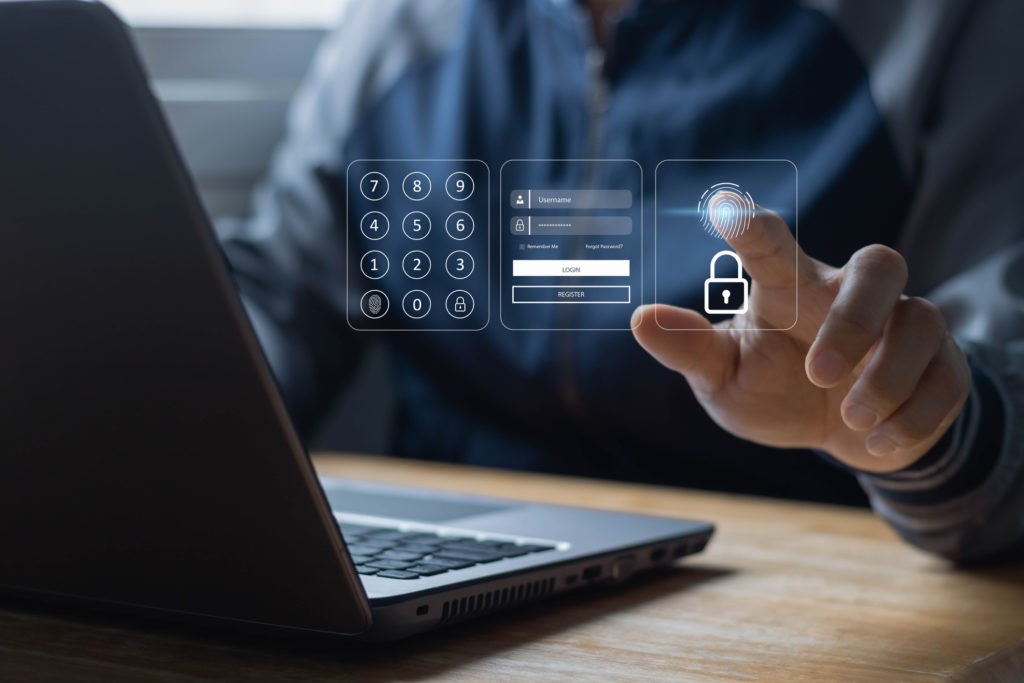
Cybersecurity threats are more prevalent today than ever before. As businesses and individuals rely more on technology and the internet for everyday activities, they also become more vulnerable to cyber attacks. Recent statistics show that a business falls victim to a ransomware attack every 14 seconds. Individuals and families aren’t immune either, with identity theft impacting more than 14 million Americans each year. These threats highlight why robust cybersecurity measures are essential.
With cyber attacks on the rise, many believe that basic protections like multi-factor authentication and antivirus software are sufficient defenses. However, experts warn that relying solely on these tools provides a false sense of security. While MFA and antivirus do offer a first line of defense, a truly secure system requires additional safeguards as well. In this article, we’ll explore the limitations of MFA and antivirus, and discuss what other layers are needed for comprehensive protection against modern cyber threats. 🔒
Multi-factor authentication (MFA) and basic antivirus software have become ubiquitous security measures. Most organizations require employees to use MFA for any external-facing login, and antivirus software comes pre-installed on many devices. As a result, there is a common misconception that implementing just these two security layers provides robust protection.
The prevalence of this myth comes from the fact that MFA and antivirus address two of the most common cyberattack vectors – stolen credentials and malware. Requiring an additional factor beyond a password prevents attackers from easily gaining access to accounts even if credentials are compromised. Antivirus detects and blocks known malware and viruses before they can infect systems.
On the surface, these measures seem sufficient to guard against most threats. Their widespread adoption likely contributes to a false sense of security. Many believe that with MFA and antivirus in place, their systems and data are safe from cybercriminals. However, relying solely on these technologies leaves dangerous security gaps.
While multifactor authentication and antivirus software are important layers of protection, relying on them alone is insufficient for robust cybersecurity in today’s threat landscape. Here are some of the key limitations:
Relying solely on basic protections gives a false sense of security. Organizations need layered defense with endpoint detection, network monitoring, access controls and data encryption to address the gaps left by MFA and antivirus alone.
Organizations need layered defense with endpoint detection, network monitoring, access controls and data encryption to address the gaps left by MFA and antivirus alone.
While multi-factor authentication and antivirus software are important baseline security measures, they are far from sufficient for robust enterprise cybersecurity today. Many critical layers of protection are needed to defend against modern cyber threats and vulnerabilities.
Some of the key additional security layers organizations require include:
Relying solely on MFA and antivirus gives a false sense of security. Organizations need to take a defense-in-depth approach with multiple, overlapping security layers to protect against modern cyberattacks targeting endpoints, email, the network, data and more.

Unfortunately this myth, like others, stems from a place of inertia and misinformation. The belief that MFA and an antivirus program alone are sufficient simply fails to reckon with the wide world of cyber threats and vulnerabilities inherent in modern digital technology. While MFA and antivirus software provide important baseline protections, a robust cybersecurity strategy requires additional layers of defense.
It’s crucial that individuals and organizations move beyond the minimum, “check-the-box” security measures and implement more comprehensive solutions. The threats are real and constantly evolving. A multi-pronged approach of employee training, robust access controls, endpoint detection and response, next-gen firewalls, penetration testing, and other measures is needed to properly defend your assets. Defense in depth is essential.
The conclusion here is that we all must reject the myth that basic protections are enough. Implementing strong, layered cybersecurity takes diligence and resources, but is vastly preferable to learning these lessons the hard way after a breach. With cyber criminals continuously innovating new methods of attack, we must stay informed and proactive to protect what matters most.